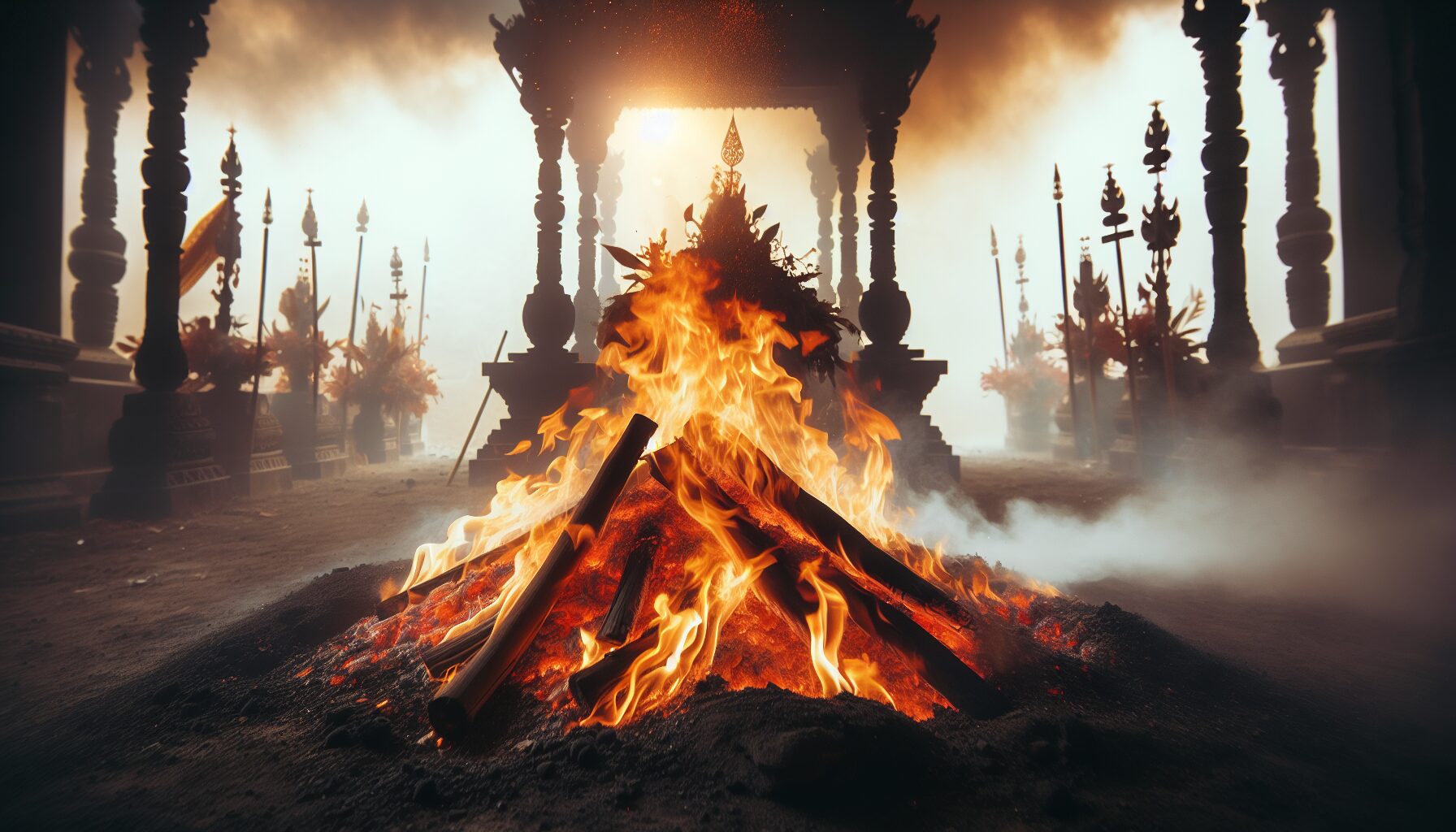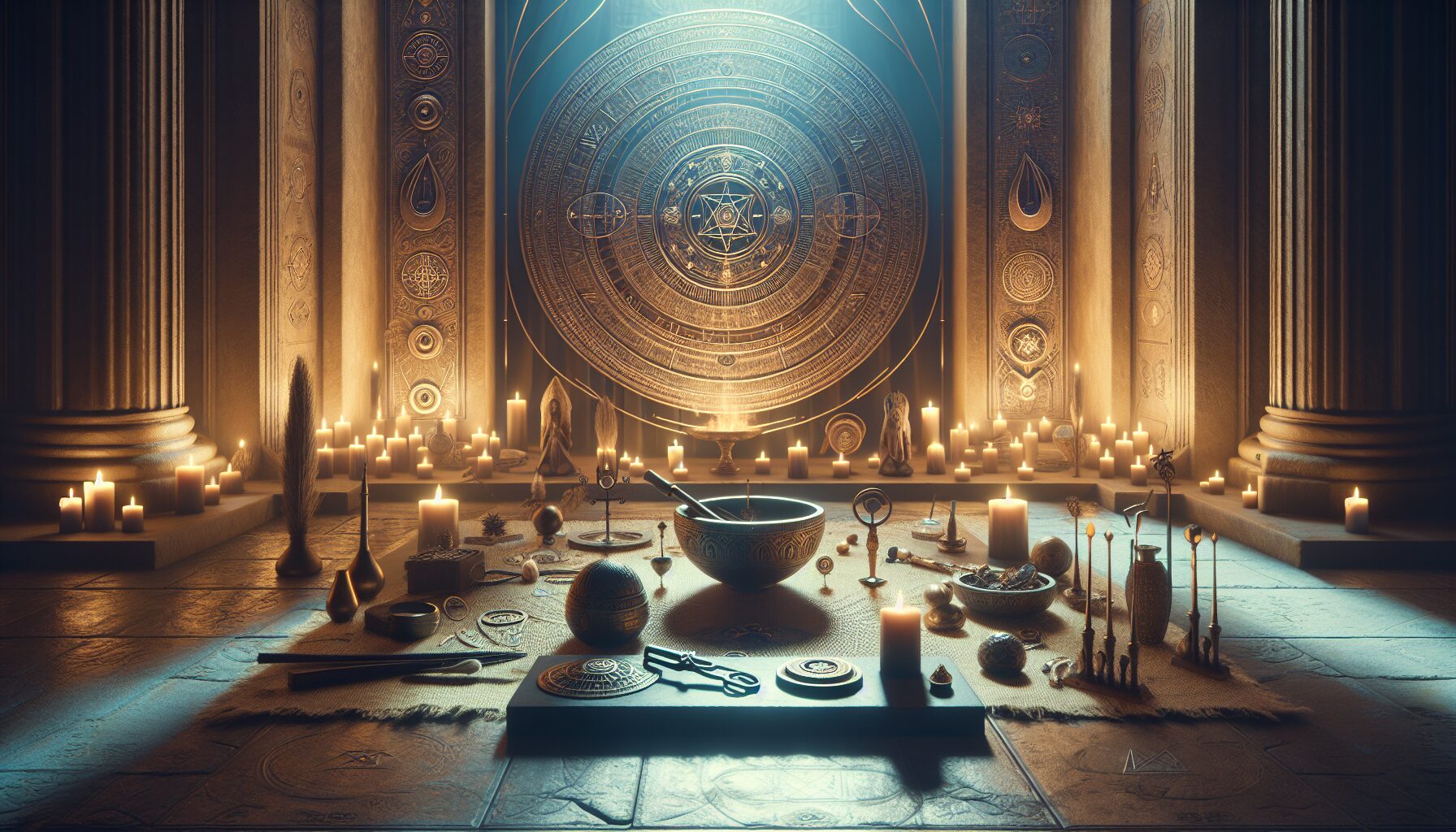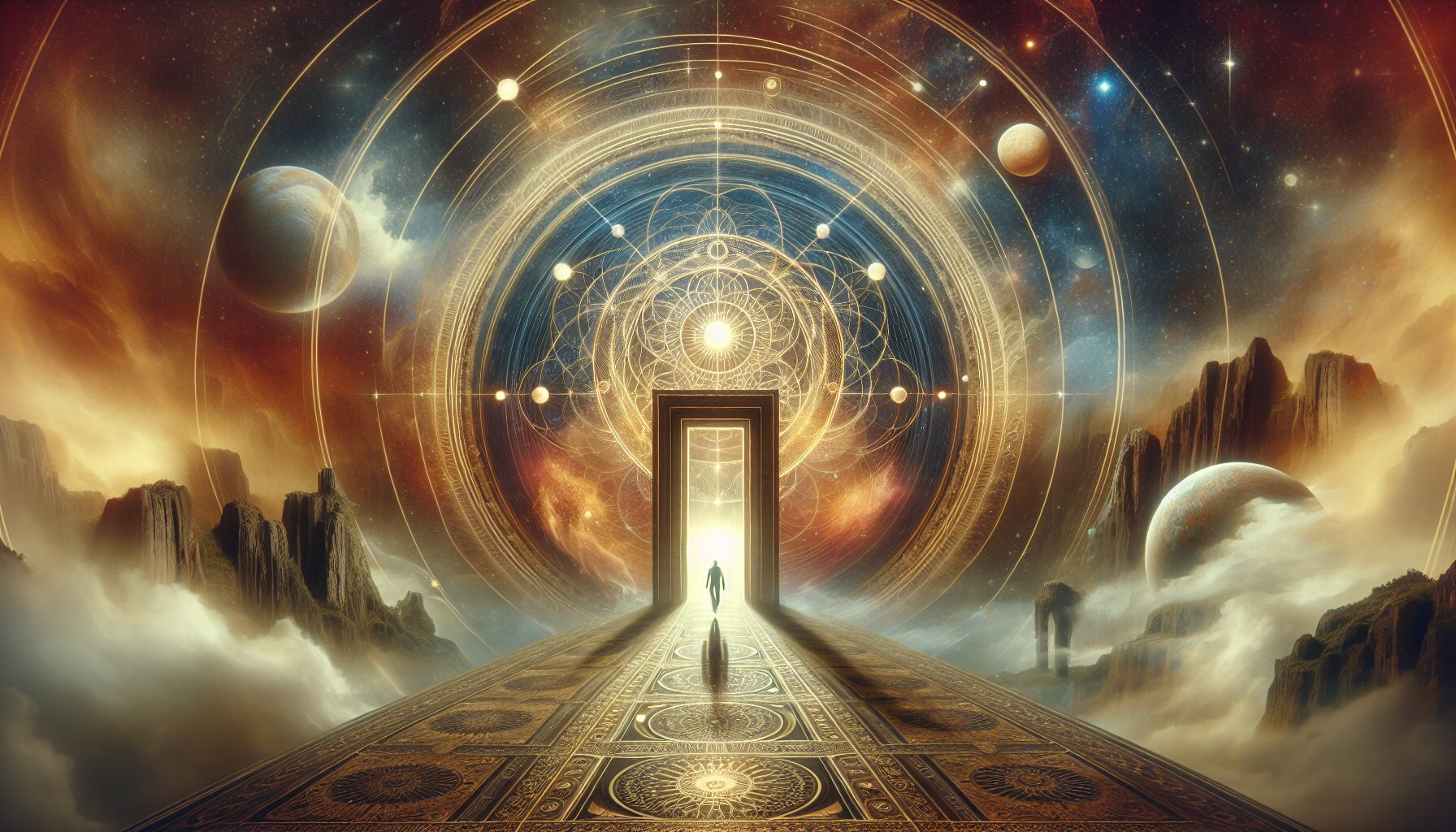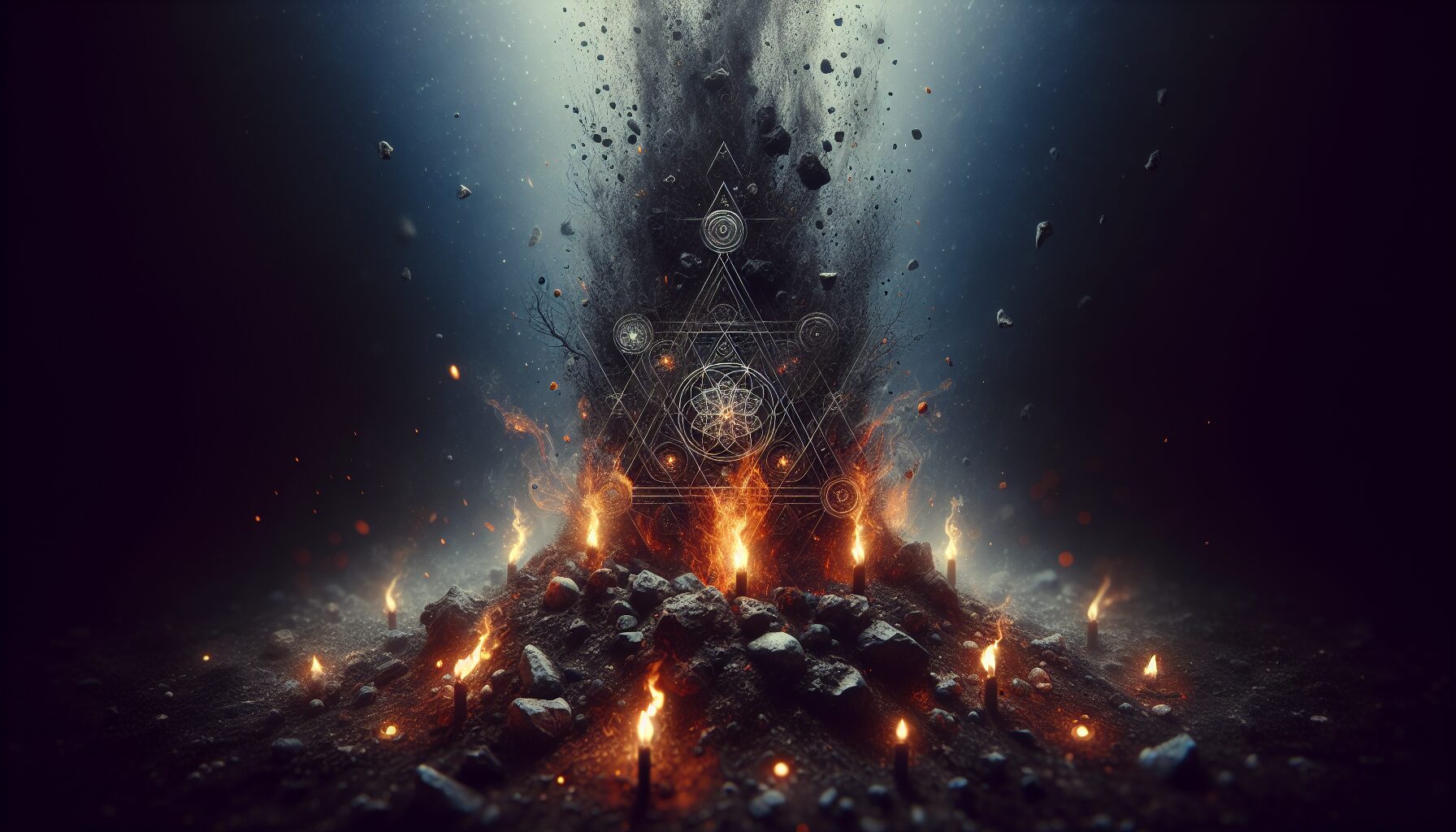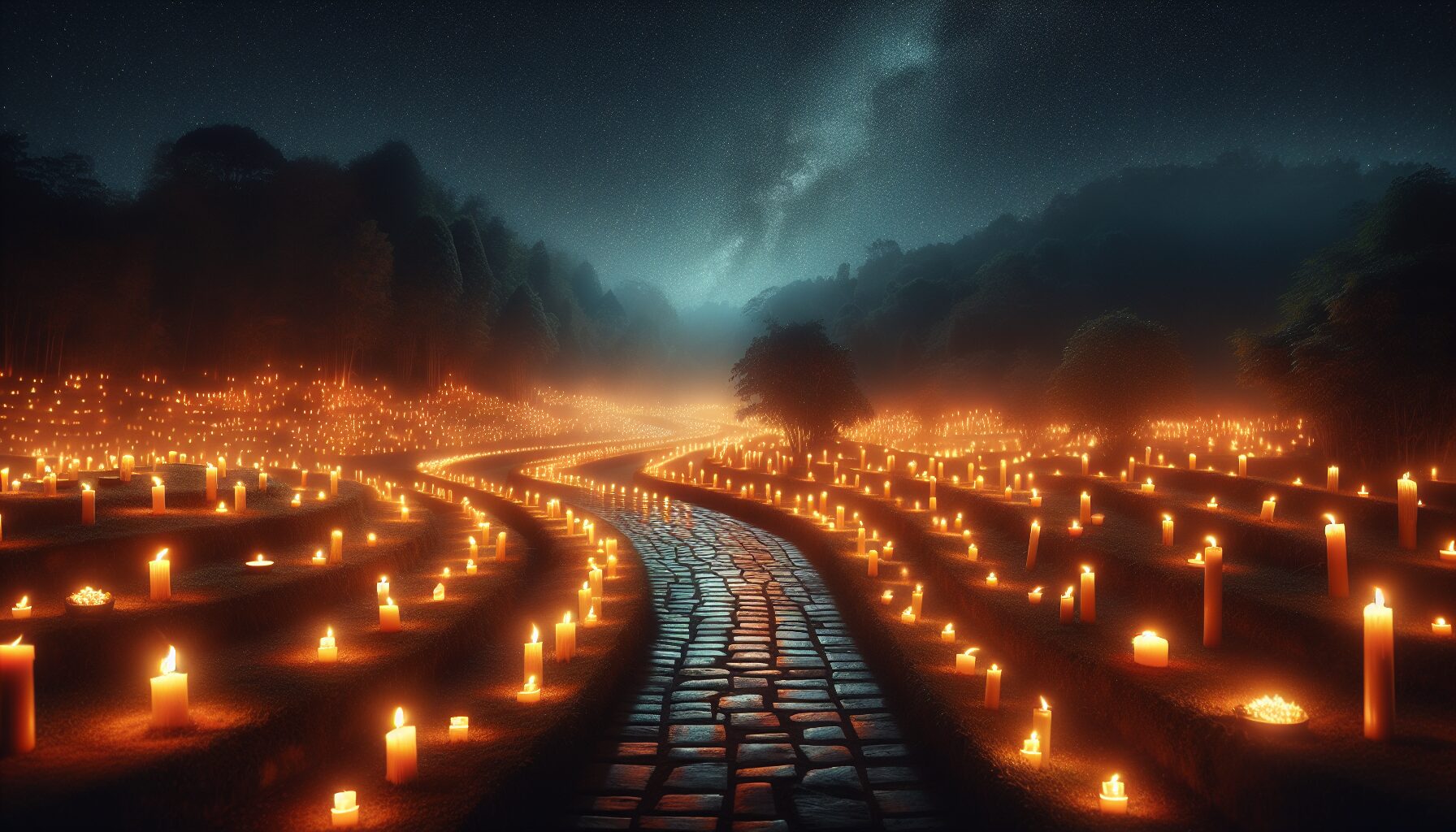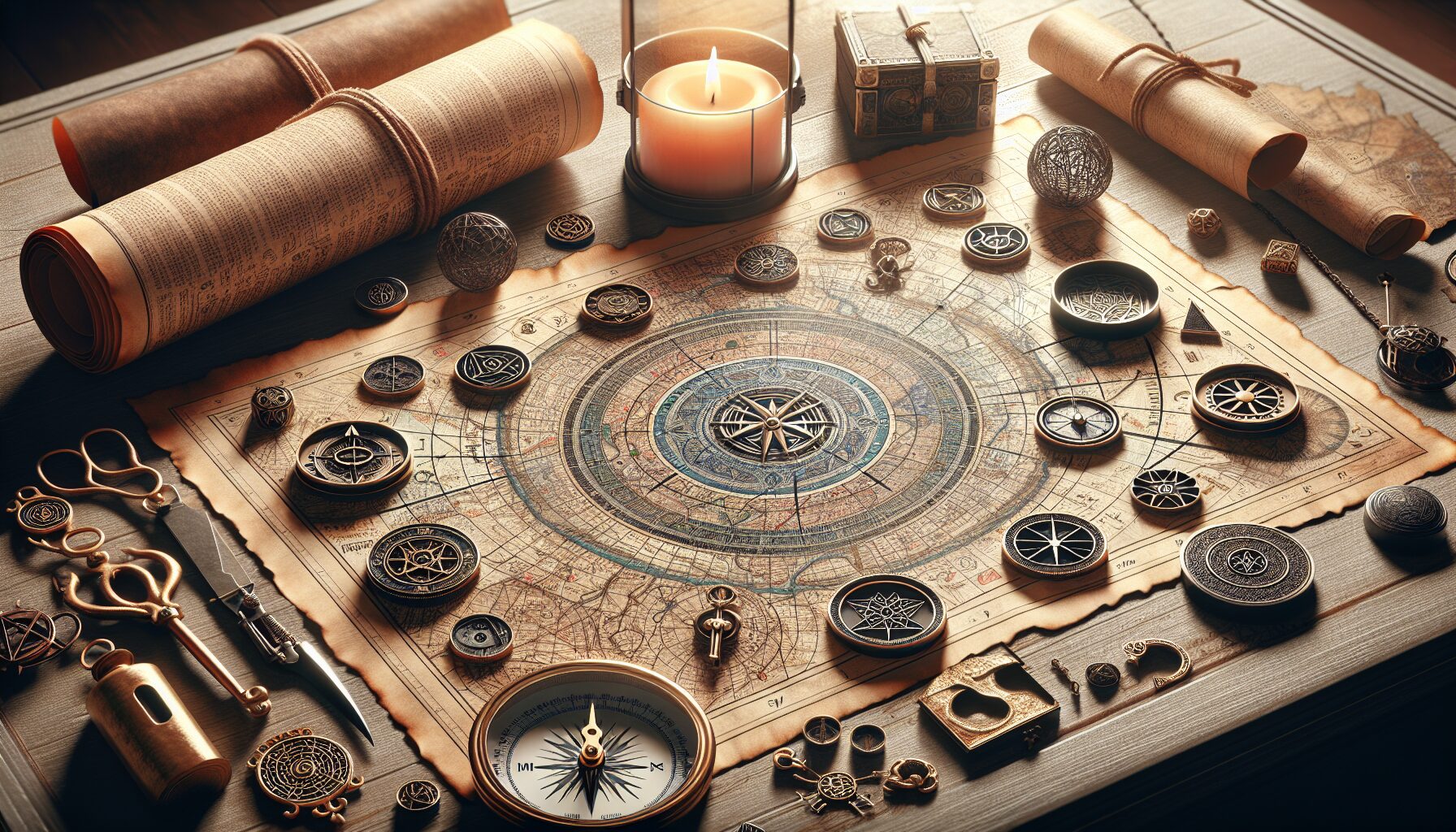In the high-altitude enclaves of the Tibetan Himalayas, spiritual practices blend the formidable power of nature with an intricate tapestry of cultural traditions. One of the most captivating manifestations of this synthesis is the Skeleton Dance, a ritual deeply embedded in the Tibetan tantric tradition. This dance serves as a symbolic representation of death, rebirth, and the transitory nature of life.
Origins and Meaning
The Skeleton Dance, or “Durdak Garcham”, is traditionally performed by monks during the annual Tibetan Buddhist ceremony known as Cham. This ritual is performed with vibrant masks and costumes, aiming to vanquish evil spirits. At its core, the dance represents the impermanence of life and the constant cycle of life and death.
According to Buddhist teachings, accepting the inevitability of death is essential in transcending fear and facilitating spiritual enlightenment. The Royal Library of Britannica states, “Unlike Western perspectives that often fear death, Tibetan Buddhism encourages an embrace of mortality, viewing death not as an end but as a transitional state.”
The Dance of the Skeletons
The performers, usually monks, don impressively intricate costumes that transform them into eerie apparitions of skeletons. Each movement is deliberate and filled with symbolic meaning, intended to invoke contemplation among the spectators. The dancers move rhythmically to the beat of drums and the resonant chimes of cymbals, communicating the transient nature of life.
A vivid portrayal of life’s fragility, the Skeleton Dance underscores the idea that death is a mere transition rather than a cessation. By confronting the audience with the inevitability of death, the dance aims to awaken them to the beauty and importance of ethical living.
Symbolism in the Dance
- Costumes: The skeleton costumes symbolize both literal and metaphorical death. The stark white bones against a dark background are a reminder of mortality lurking behind the facade of life.
- Movements: The ethereal movements of the skeletons symbolize the fleeting nature of existence, reflecting the constant change inherent in life.
- Music: The rhythm created by the instruments mimics the heartbeat of life, with intermittent silences representing deathly pauses, an acknowledgment of the cycle of life and rebirth.
Ritual Function and Cultural Impact
The Skeleton Dance fulfills a crucial role in the spiritual festivals of Tibetan Buddhism, particularly those marking the Lunar New Year. Its primary function is purgative—cleansing the spiritual ether of malevolent forces through the dance’s powerful symbolism and ritual purification.
“In Tibetan Buddhism, the ritual dance is not just a performance but a means of achieving spiritual insight. It functions as a meditative exercise which holds the power to transform both performer and audience,” says renowned Tibetan scholar Dr. Lobsang Sangye.
Throughout the years, the Skeleton Dance has garnered significant interest from anthropologists, spiritual seekers, and tourists alike. Its captivating symbolism continues to educate the global community on Tibetan culture and spiritual beliefs, offering a glimpse into a world where life and death coexist seamlessly.
Modern Interpretations and Influences
While primarily practiced in the secluded monasteries of Tibet, the Skeleton Dance has begun to transcend its traditional boundaries, influencing various art forms around the world. Modern interpretations by performance art troupes and filmmakers attest to its enduring legacy.
Moreover, as discussions around death become increasingly open in Western cultures, there is a growing appreciation for the Skeleton Dance’s ability to demystify and depersonalize mortality. This has sparked dialogue on how such traditions might contribute to modern-day understandings of life and death.
In Conclusion
The Skeleton Dance stands as a powerful testament to the rich cultural and spiritual traditions of Tibetan Buddhism. It invites viewers to engage with difficult questions of mortality through the captive spectacle of dance, allowing for a deeper understanding and acceptance of life’s impermanence.
By bridging the realms of life and death through ritual and art, the Skeleton Dance elevates the human condition, reminding us all of the fleeting nature of life. It’s more than just a dance; it is a profound meditation on existence itself—a timeless ritual that continues to inspire and transform.

